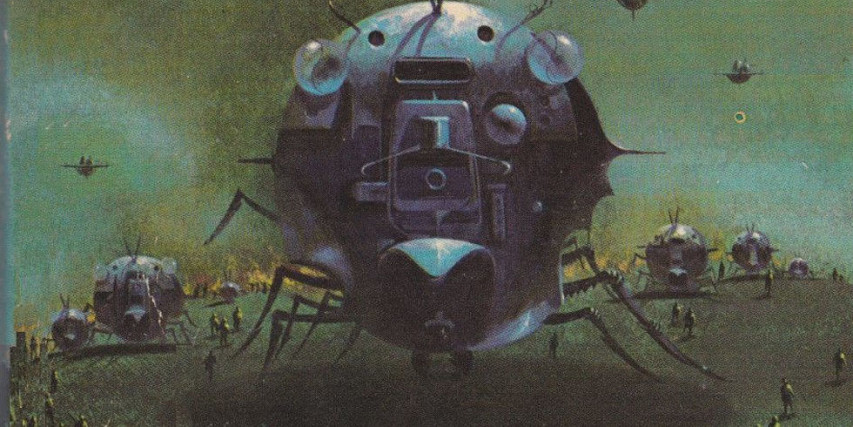In Popular Mechanics, Joe Pappalardo makes the claim that Robert Heinlein’s 1959 novel Starship Troopers is replacing Sun Tzu’s Art of War due to its greater relevance to 21st century warfare:

It’s not just generals and soldiers who keep the The Art of War in print. Businessmen, coaches, and lawyers all seem to get something out of Sun Tzu’s 6th century military tome — memorizing and repeating passages that speak to the tactics and strategy of success, whether that’s on Wall Street or in a war zone.
But for all its long-lasting cultural influence, the book is limited by its lack of specifics. “Know your enemy” and “win without fighting” are all well and good, but such axioms don’t really help today’s GI prepare to deploy with a robotic squadmate or decide what information to place on a digital head’s-up display. Modern warriors, surrounded by sophisticated gear and nuanced rules of engagement, need to meditate on the balance between technology and soldier, man and machine, civilian and veteran. For that kind of wisdom, they must go to military science fiction — and one great book in particular.
Robert A. Heinlein’s Starship Troopers, published in 1959, is aging remarkably well. The tome chronicles the early military career of Johnnie Rico, who fights alien arachnids while clad in a heavily armed exoskeleton. The troopers drop from orbit one by one to wreak havoc on whatever target the Sky Marshal deems worthy of the attention. It’s a cool adventure novel with a soldier’s eye view that doubles a treatise on modern warrior culture, the limits of military technology, and the awful glories of fighting infantry. There’s a reason military academies like West Point recommend cadets read the book.
Like Sun Tzu’s masterpiece, Heinlein’s abounds with quotable axioms. You may not hear overly intense car salesman quoting from Starship Troopers anytime soon, but here are six reasons why the book is a practical guide to 21st century warfare.



